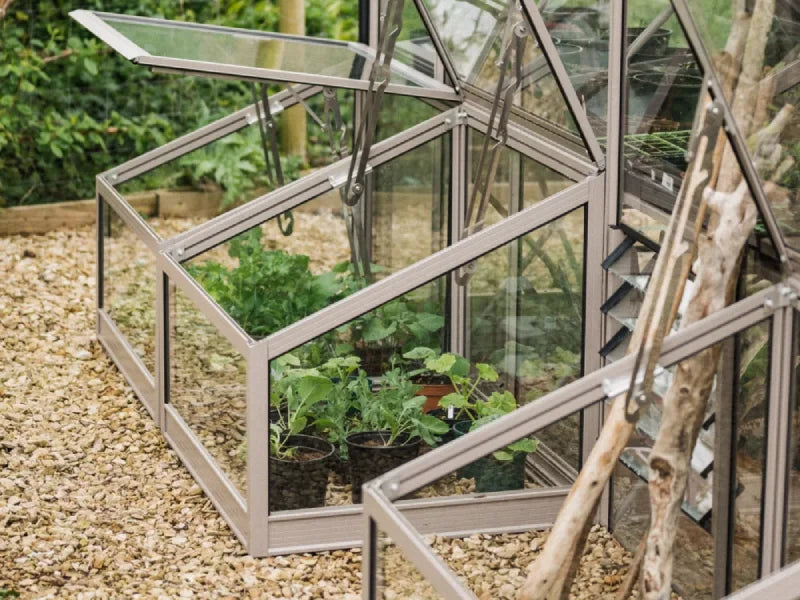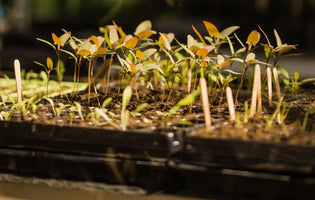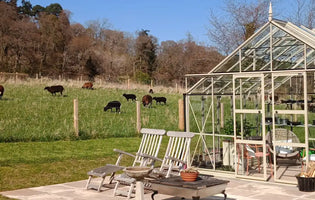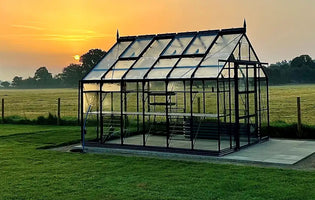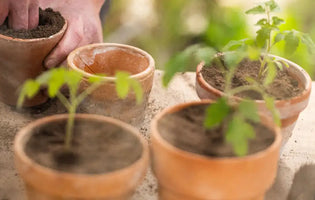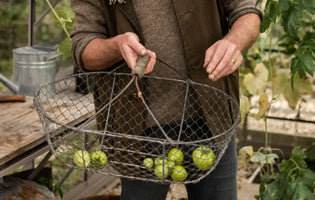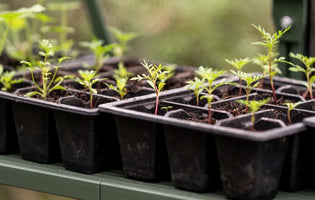Request a Brochure
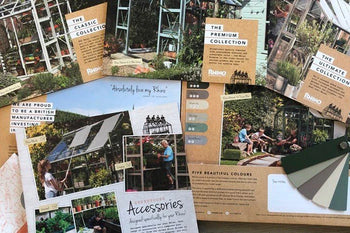
If you’re not a seasoned gardener, starting your own flower border or vegetable patch might seem a little daunting. However, with the right know-how and techniques, your garden will flourish in no time. Read on Rhino Greenhouses Direct’s handy hints to kick off your garden (the results will be so rewarding).

Start small…
When you look out at your garden, you probably have grand designs for a landscaped vision. Before diving in with a complete overhaul, it’s best to start small. This will give you time for your green fingers to adapt – and for you to master the basics – before you turn your attention to the whole project.
Choose a patch, whether it’s a small border, a row of pots or even a hanging basket, and opt for easy-growing plants. If you’re short on space, you could build a raised bed for flowers or vegetables that won’t require much room and will be easy to care for.
Choose low-maintenance plants…
Starting small and simple is a good idea for finding your way in the garden. That goes for the plants you attempt to grow, too. Here are a few ideas for low maintenance grows that’ll give you initial success.
- Lavender – as fragrant as it is beautiful, lavender can grow in hot or cold climates and requires little water and pruning.
- Sunflowers – simply sew them in the spring, water them daily and watch them grow big and tall. These beauties are that easy.
- Marigolds – all marigolds need is a sunny position and well-drained soil. The dying blossoms encourage new growth, so they’ll keep blooming with little work.
- Pansies – these will grow in the sun or the shade, they’re the perfect option for hanging baskets, and they’ll bloom into the winter.
Prepare your soil…
What do we mean by preparing the soil? To grow successfully, you’ll need healthy soil to plant in. Healthy soil will have the proper drainage quality, be rich in nutrients and have a balanced PH level.
To create healthy soil, you simply have to add organic matter. This can be from your composter, manure or mulch. Healthy soil encourages creepy crawlies, creating space for roots to grow and water to drain.
You can add your own compost or buy fertiliser to enrich your soil. We’ll get on to fertilisers later on.
Water your garden regularly…
Watering your garden is the secret to keeping your plants happy and healthy. You can easily check when your flowers need watering by lightly pressing on the soil; if it’s moist, they’re probably good; if it’s dry, give them a sprinkle.
As a general rule of thumb, your garden will need 1-2 inches of water per week. This will depend on the weather conditions – if you’ve had rain, you can skip the water; during the height of summer, you’ll need to water your garden more frequently.
How often you water will also depend on your soil quality. Clay soil will require less watering as it can retain moisture more efficiently. Sandy soil will need more water as it will struggle to hold as much.
As for when is the best time to water? If possible, get out there in the morning. Watering at the coolest point of the day means less water will evaporate, so your plants can soak up the maximum amount of goodness.
Provide your plants with some shade…
Whilst we know plants love the sun, you might not realise that they need shade just as much. How much sun vs shade your blooms require will depend on the species, so it’s a good idea to read up before planting.
When deciding where to start your garden, you should choose a spot with the right amount of daylight and protection for your plant type.
Fertilise, fertilise, fertilise…
Just like us, your plants are living things. So, they need lots of goodness to stay healthy and happy. Fertilising your soil can help keep your flowers blooming.
The most cost-effective way to fertilise your garden is to keep your own composter. This can contain any organic matter from the kitchen, but decomposing takes time.
Shop-bought fertiliser is a good way to ensure your soil has all the essential nutrients. Nitrogen, phosphorous and potassium are the basic macro-nutrients needed by your plants. A fertiliser that contains all three will be called ‘complete’.
Remember to prune…
Not only does pruning keep plants looking their best, but it also encourages healthy growth. Pruning simply means deadheading plants to remove damaged, dead or diseased stems and branches.
How do you do it? Cut just above the bud at a 45-degree angle away from the bud. You should prune shrubs in the winter, evergreens in the spring and perennials in the winter.
Control pests…
Pests can be a major problem for gardeners, but they can be managed easily. You might be tempted to reach for a pesticide, but before you do, try a natural remedy – chemical pesticides can get rid of good creepy crawlies as well as bad!
A sure sign that you have a pest problem is discoloured or eaten foliage. If you spot this, it’s time to start taking action. You can try the steps below to curb the path of the pests; -
- Grow out of the way of pests, such as in elevated pots or a bed.
- Use mesh covers over your plants to prevent pests from getting to them.
- Encourage good crawlies like ladybirds by planting pollen-producing plants.
- Keep plants healthy!
You could also try an organic pesticide that contains no harsh chemicals. These are perfect if you’re having a go at a first-time veg patch.

